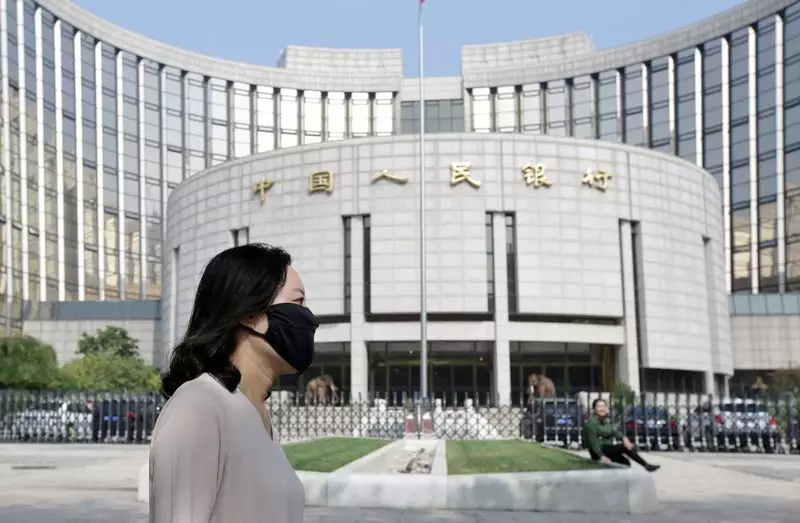In a bid to energize its sluggish domestic economy, China has put forth a series of bold measures aimed at bolstering consumer confidence and stimulating demand. This strategic repositioning occurs against the backdrop of anticipated increases in U.S. trade tariffs, which have raised concerns within the Chinese leadership about the stability and growth of their economy in the coming years. The outlined policies reflect a targeted response designed to maintain a growth rate around 5% for 2024 and 2025, and to cushion the economy from external pressures.
One of the standout initiatives is the expansion of a consumer goods trade-in scheme coupled with enhanced subsidies for digital purchases. These moves are aimed not only at encouraging consumer spending but also at transitioning consumers towards modern technological solutions. By providing financial incentives for purchasing new digital products, China is effectively encouraging a shift towards more advanced consumer electronics, which consequently stimulates domestic production and fosters innovation.
This approach acknowledges the country’s need to reinvigorate consumer spending, which has been lagging in recent years. By leveraging government support for digital economic transactions, Beijing hopes to forge an environment that encourages both spending and investment in technology, which is crucial for sustaining economic growth.
Fiscal Policies to Counter Economic Headwinds
In exploring recent fiscal measures, various announcements have emerged, illustrating the government’s commitment to a proactive fiscal policy. Reports indicate plans for significant wage increases among government workers slated for January 2025, amounting to a $12 billion to $20 billion immediate boost to the economy. Such moves are strategically crafted to enhance disposable income and consumer spending power, thereby pushing forward economic momentum.
Additionally, the issuance of special treasury bonds amounting to a staggering 3 trillion yuan in 2025 reinforces the shift towards increased fiscal spending. This represents the most substantial debt issue on record, highlighting a paradigm shift in China’s fiscal policy that seeks to tread the fine line between stimulating growth and maintaining sound public finances.
Monetary Policy Adjustments: A Flexible Approach
The Chinese central bank has also pivoted towards a more accommodating monetary policy, marking a significant change from its previously cautious stance. The trimming of the reserve requirement ratios and subsequent benchmark rate cuts reflect a strategic shift meant to ease the financing burdens on businesses and households. Furthermore, the introduction of innovative funding tools aims to support capital market liquidity, thereby fostering a favorable environment for investment.
Such monetary measures, designed to facilitate borrowing costs for consumers and businesses alike, signify the authorities’ acknowledgment of the challenging economic landscape. The proactive stance taken by the People’s Bank of China (PBOC) is emblematic of a broader intention to maintain aggregate demand amidst concerns of an impending slowdown in economic activity.
The real estate sector, a vital pillar of the Chinese economy, has also garnered specific attention through targeted tax incentives and financial support initiatives. Recent policies aimed at alleviating the struggles of developers and boosting home transactions highlight the government’s commitment to stabilizing this critical sector. By expanding the list of eligible projects for funding and pledging increased bank lending, the government is seeking to revitalize a market that has faced unprecedented challenges over the last few years.
Furthermore, the easing of restrictions on property purchases in major urban centers illustrates a broader strategy to reclaim consumer sentiment in a market that has seen declining confidence. The introduction of measures that promote home ownership while alleviating the financial strain on developers serves both immediate needs and long-term objectives to reinvigorate growth.
As China embarks on this extensive suite of economic measures, a delicate balance must be maintained. The interplay of fiscal, monetary, and sector-specific policies will be critical in navigating the complexities of both domestic and international pressures. The government’s approach showcases a determined effort to not only stabilize economic growth but also innovate and reform key market sectors. However, the long-term efficacy of these policies in mitigating external trade pressures while fostering sustainable growth remains to be seen. As Beijing faces a multifaceted economic landscape, these policies will be integral in shaping the future trajectory of China’s economy.

